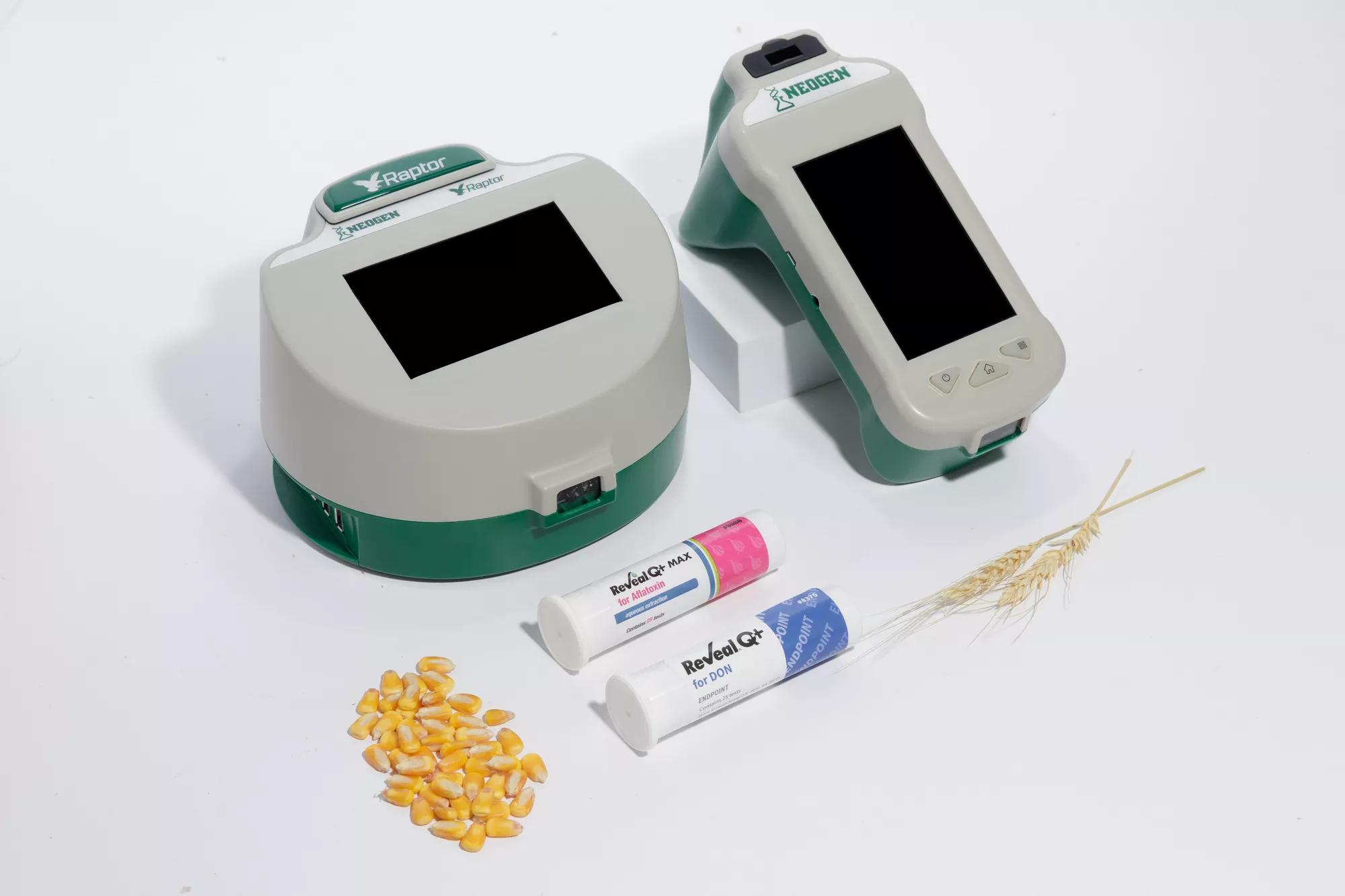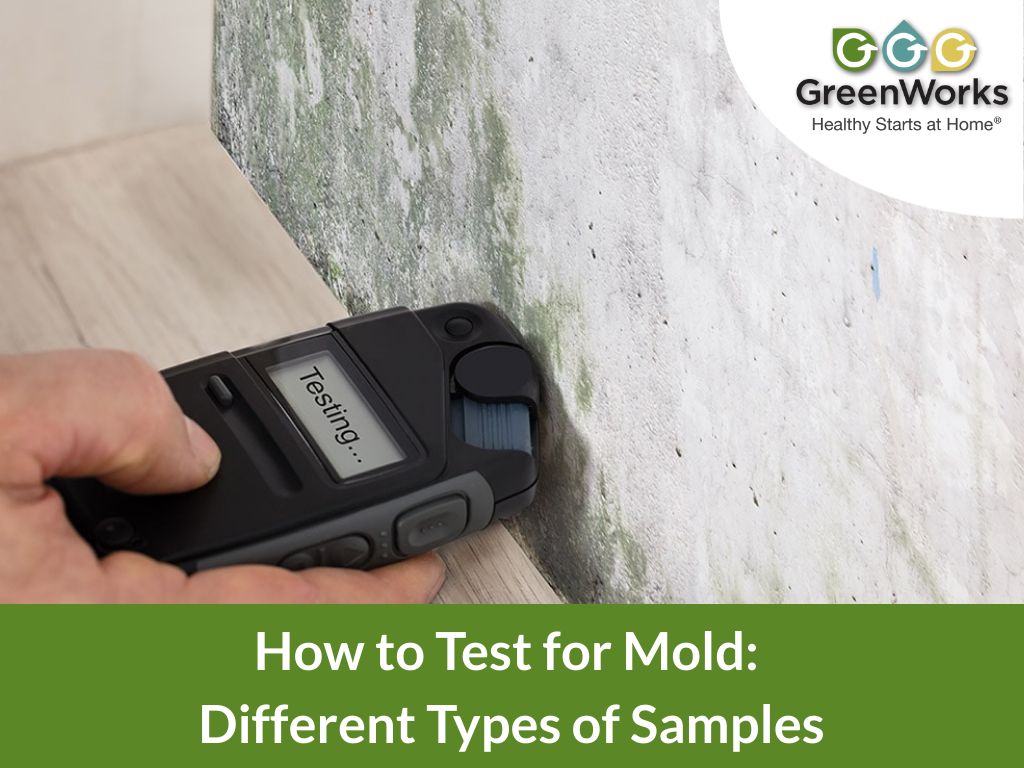Boost Your Safety Protocols with Expert Mycotoxin testing Services
Just How Mycotoxin Testing Helps Avoid Contamination and Guard Food Supplies

Mycotoxin screening is a crucial technique in the food sector, functioning as a frontline defense against contamination by unsafe toxic substances created by molds. Via the application of innovative methods like High-Performance Liquid Chromatography (HPLC) and Fluid Chromatography-Mass Spectrometry (LC-MS), food manufacturers can precisely evaluate and find mycotoxin levels in agricultural items. This positive approach not just guarantees compliance with strict safety and security laws however also minimizes health and wellness risks to customers. Routine screening fortifies brand name track record and financial health and wellness by reducing contamination-related occurrences. Just how precisely do these screening protocols incorporate into the more comprehensive food safety approach?
Recognizing Mycotoxins
Understanding mycotoxins starts with recognizing that they are toxic second metabolites created by particular molds, which can contaminate farming items. These metabolites are not important for the growth or reproduction of the fungis however can have serious ramifications for human and animal health and wellness. Mycotoxins are typically discovered in staple plants such as corn, wheat, barley, and nuts, where they can proliferate under details problems of wetness and temperature level.
There are a number of sorts of mycotoxins, each produced by different fungal varieties. Aflatoxins, generated by Aspergillus types, are among the most infamous, recognized for their cancer causing properties. Another significant group consists of ochratoxins, created by Aspergillus and Penicillium species, which have nephrotoxic effects. Fusarium varieties create trichothecenes and fumonisins, both of which are associated with numerous intense and persistent health issues.

Risks of Mycotoxin Contamination
The risks of mycotoxin contamination are multifaceted, posing substantial hazards to both food security and public health and wellness. Mycotoxins, harmful compounds produced by particular sorts of fungi, can contaminate a vast array of agricultural products consisting of grains, nuts, flavors, dried fruits, and coffee. As soon as these toxic substances infiltrate the food supply, they can lead to significant health and wellness issues such as liver damages, kidney failure, and even cancer cells. Prone populations, consisting of kids, the senior, and immunocompromised people, are particularly in danger.
Economic effects are one more major worry. Contaminated crops can result in significant financial losses for farmers and food manufacturers due to minimized returns and the requirement for pricey decontamination procedures. Additionally, worldwide trade can be dramatically hindered as countries apply strict mycotoxin guidelines to shield their populaces, resulting in turned down shipments and strained profession relations.
Ecological factors such as climate modification worsen the threat of mycotoxin contamination. Variants in temperature and humidity can produce positive problems for fungal development, raising the likelihood of contamination events. Thus, understanding and reducing these dangers are vital for making certain the security and integrity of international food supplies.
Techniques of Mycotoxin Checking
Precisely determining mycotoxin contamination in farming products is necessary for securing public health and wellness and preserving food security requirements. Different methods are employed to spot and quantify mycotoxins, each offering specific benefits and constraints.
High-Performance Fluid Chromatography (HPLC) is an extensively made use of technique because of its high sensitivity and precision. It entails dividing mycotoxins from other substances in an example, making it possible for exact metrology. Similarly, Fluid Chromatography-Mass Spectrometry (LC-MS) incorporates fluid chromatography with mass spectrometry to provide thorough molecular info, making it especially helpful for recognizing multiple mycotoxins simultaneously - Mycotoxin testing Services.

Gas Chromatography-Mass Spectrometry (GC-MS) and Thin-Layer Chromatography (TLC) are also employed, each with unique applications. GC-MS is effective for volatile mycotoxins, while TLC offers a less complex, cost-effective alternative for preliminary testing.
Advantages of Normal Checking
Routine testing for mycotoxins in agricultural items supplies countless advantages, substantially adding to public wellness and food safety and security. By determining contamination early, routine testing aids protect against the circulation of harmful foods, thus reducing the threat of mycotoxin-related ailments amongst customers. This proactive approach not just safeguards human health and wellness but additionally improves the overall quality of food products.
Constant screening likewise supports regulatory conformity. Different nations and regions have developed stringent restrictions for mycotoxin levels in food and feed. Abiding by these limitations through normal screening ensures that suppliers and manufacturers meet lawful standards, consequently avoiding fines and trade obstacles. Maintaining conformity fosters consumer trust fund and brand online reputation, which are crucial for market success.
Additionally, routine mycotoxin screening can bring about significant economic benefits. Early discovery of contamination enables prompt intervention, decreasing possible losses from prevalent contamination. Implementing routine screening procedures can additionally decrease recall costs and relevant liabilities, which can be financially devastating.
Moreover, normal screening provides valuable data that can inform better agricultural practices and storage conditions. By understanding patterns of contamination, producers can adopt safety nets, thus minimizing future dangers and contributing to the sustainability of the food supply chain.
Implementing Testing Protocols
Carrying out efficient mycotoxin testing methods is critical for making sure the safety and top quality of farming products. Each stage should be my site scrutinized to determine where mycotoxin contamination is most likely to occur.
Once essential control factors are identified, picking suitable screening techniques is essential. Usual techniques consist of enzyme-linked immunosorbent assay (ELISA), high-performance liquid chromatography (HPLC), and mass spectrometry (MS) Each click to investigate approach has its weaknesses and toughness; therefore, picking the appropriate one relies on the particular mycotoxin being examined, the needed level of sensitivity, and available sources.

Lastly, incorporating the screening protocols right into a detailed food security monitoring system is suggested. This enhances traceability and enables swift rehabilitative actions when contamination is spotted, thereby securing the integrity of the food supply chain.
Verdict
Mycotoxin screening is important in stopping contamination and protecting food products by making it possible for early discovery of hazardous contaminants produced by mold and mildews in agricultural items. Advanced approaches such as HPLC and LC-MS make sure conformity with safety policies and protect consumers from wellness risks. Routine screening enhances brand online reputation, financial security, and count on food security by decreasing contamination-related losses and maintaining high requirements in food manufacturing. Executing strenuous screening protocols is therefore imperative for the industry's general health.
Mycotoxin internet screening is a crucial technique in the food sector, offering as a frontline protection versus contamination by unsafe contaminants generated by mold and mildews. An incorporated strategy entailing farming techniques, storage space administration, and routine testing can reduce the risks associated with mycotoxin contamination, ensuring food safety and security and public wellness.
The threats of mycotoxin contamination are diverse, presenting considerable risks to both food safety and public health.Normal screening for mycotoxins in agricultural products supplies countless benefits, considerably contributing to public wellness and food safety and security.Mycotoxin testing is important in preventing contamination and guarding food products by making it possible for very early detection of hazardous contaminants created by molds in farming products.